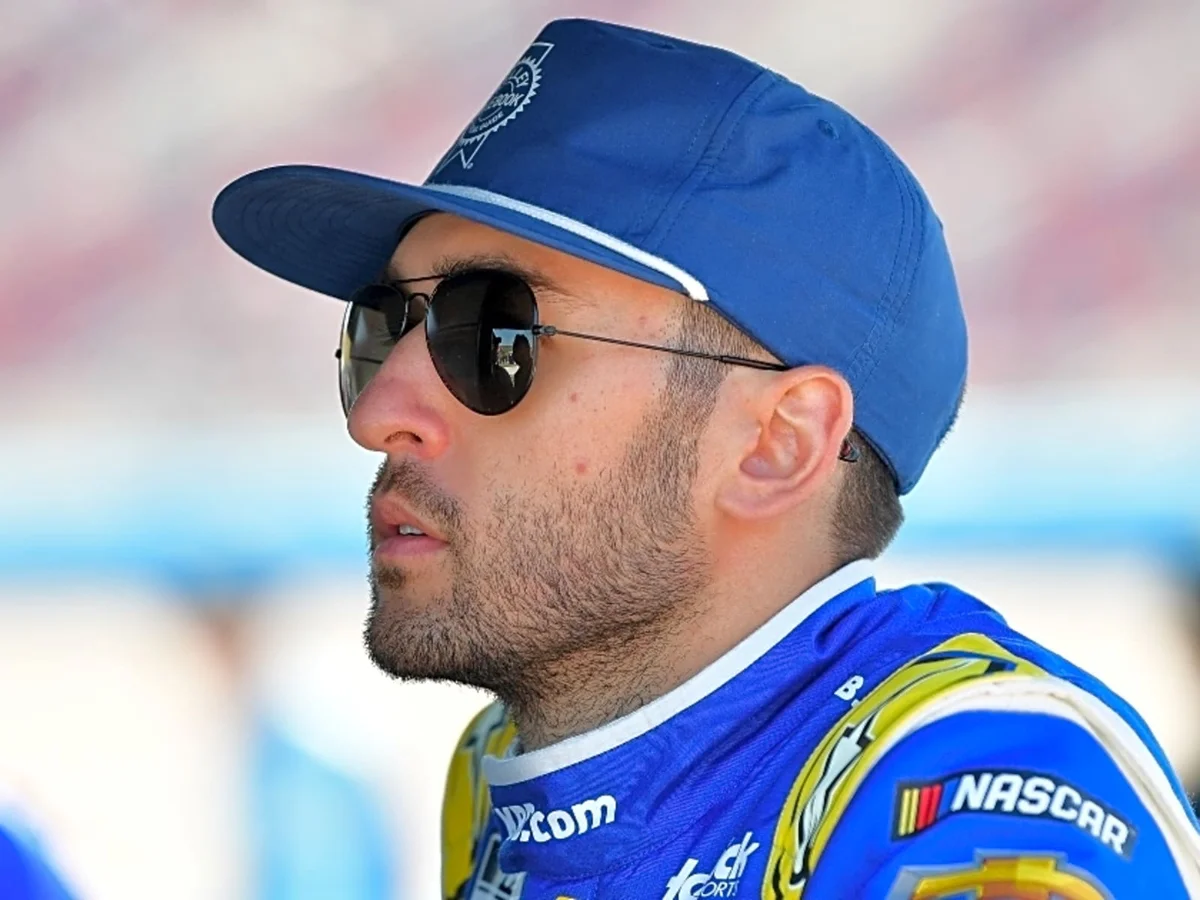Chase Elliott shared his perspective on tire wear in NASCAR following the Bristol Night Race, raising important questions about striking the right balance in race conditions. Discussing the effects of Goodyear’s new softer right-side tire, Elliott emphasized the importance of authenticity in racing while highlighting his support for innovation, bringing the key topic of “Chase Elliott on tire wear” to the forefront.
Innovative Tire Choices Spark Discussion Among Drivers and Teams
This past Saturday at Bristol Motor Speedway, NASCAR and Goodyear introduced an experimental softer right-side tire, which led to significant tire wear during the 500-lap event. The change was a response to ongoing calls from drivers, crew chiefs, and entire teams for more demanding tire conditions. The move was seen as a bold attempt to alter the race dynamic in the NASCAR Cup Series, directly affecting strategies and performance throughout the night.
Chase Elliott recognized these efforts, noting that the introduction of less durable tires created conditions where tire conservation became essential for success. Goodyear’s decision to introduce this new compound aimed to reproduce racing that mimics the unpredictable and strategically complex competition witnessed in the spring 2024 race at Bristol. In that race, there were 54 lead changes and a remarkable 3,589 passes during green flag racing. Though subsequent Bristol events failed to emulate this spectacle, Saturday’s innovation brought a similar level of excitement and challenge.
Elliott Stresses the Need for Genuine Competition
On SiriusXM NASCAR Radio, Chase Elliott offered his thoughts on moving forward post-Bristol and prior to heading to New Hampshire Motor Speedway. Addressing how tire changes shaped the race, he stated:
“I’m not sure what the right balance is, but it’s always important to try and make the products as best we can. I don’t want it to feel gimmicky.”
— Chase Elliott, NASCAR driver
Elliott commended all those involved for experimenting with tire technology, saying:
“Look, I applaud everyone involved for kind of attacking that science experiment with the tire and trying to make it do something cool and different and replicate a race that no one really understood why it happened, being that race up there last spring. I think that there are always ways to tweak and help and make it better,…”
— Chase Elliott, NASCAR driver
Maintaining a focus on competitive integrity, Elliott insisted the sport should avoid manufactured drama. He expanded on the skill required for true tire management, stating:
“I want it to be real, and I want the drivers to be able to make a big difference if it is going to be a tire conservation race — how you do that and the skill it takes to achieve that, too. So, maybe there’s a balance in there somewhere and we can find it with the tire and also be improving the car with time as well.”
— Chase Elliott, NASCAR driver
Unexpected Outcomes from Bristol Night Race
Goodyear’s latest tire design caught drivers and crew chiefs off guard. While practice sessions on Friday showed minimal tire degradation, race-day conditions told a different story. In the cooler Bristol temperatures, the new tires wore down rapidly during long runs, making tire conservation a critical factor. Many drivers had to rethink their approach mid-race to cope with the extreme cording experienced on the right-side tires.
Chase Elliott’s night ended prematurely due to contact with John Hunter Nemechek, resulting in a high-speed crash into the outside wall on lap 311. Despite his early exit and finishing in 38th position, Elliott’s experience echoed the viewpoints of several competitors and teams about the fine line between authentic challenges and unintended outcomes.
What This Means for Future Races
As the NASCAR Cup Series advances to subsequent events, including the race at New Hampshire Motor Speedway, the debate on authentic tire wear continues. Elliott’s comments underscore the importance of ensuring race conditions reward genuine skill and strategic thinking, not artificial difficulty. Teams, such as those represented by John Hunter Nemechek and numerous other drivers and crew chiefs, will be closely watching Goodyear’s future tire solutions, seeking improvements that enhance competition without crossing into territory that feels manufactured. The outcome at Bristol has opened a broader discussion among NASCAR, Goodyear, and the racing community about the balance between innovation and preserving the core spirit of the sport.
.@chaseelliott weighs in on tire wear moving forward post-Bristol and leading into @NHMS.
🔊 "I'm not sure what the right balance is, but it's always important to try and make the products as best we can. I don't want it to feel gimmicky."
More → https://t.co/MKhd9eLpQA pic.twitter.com/QIXVoruo7O
— SiriusXM NASCAR Radio (Ch. 90) (@SiriusXMNASCAR) September 18, 2025
